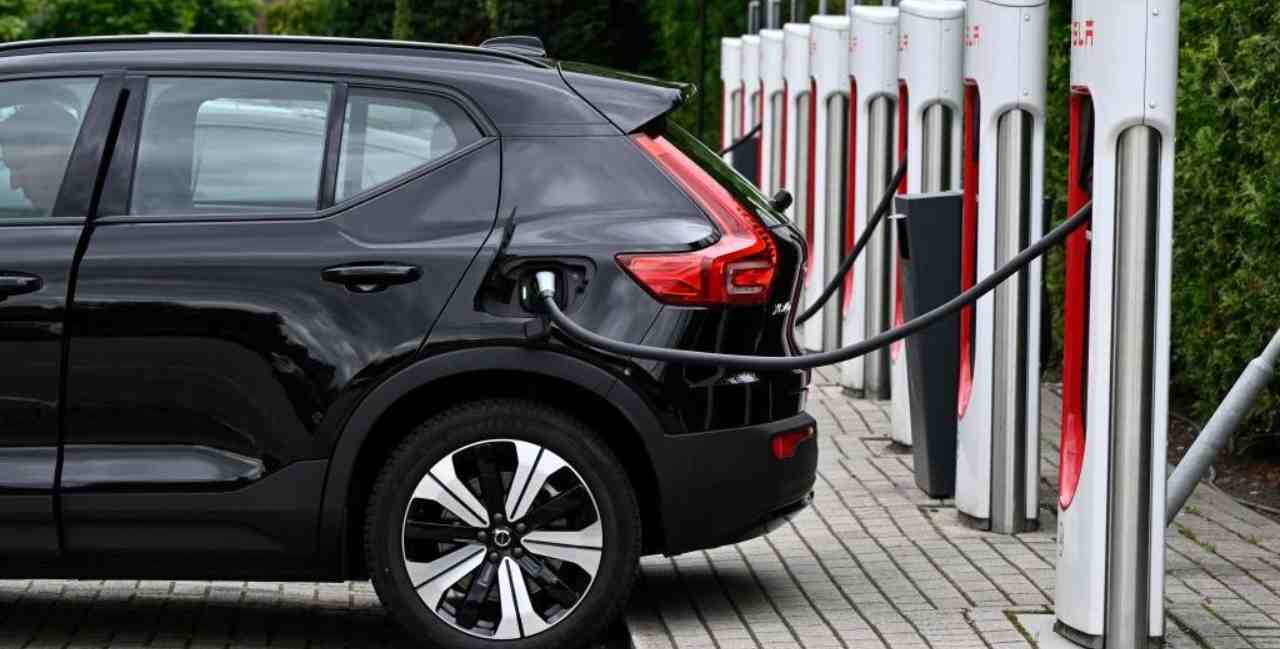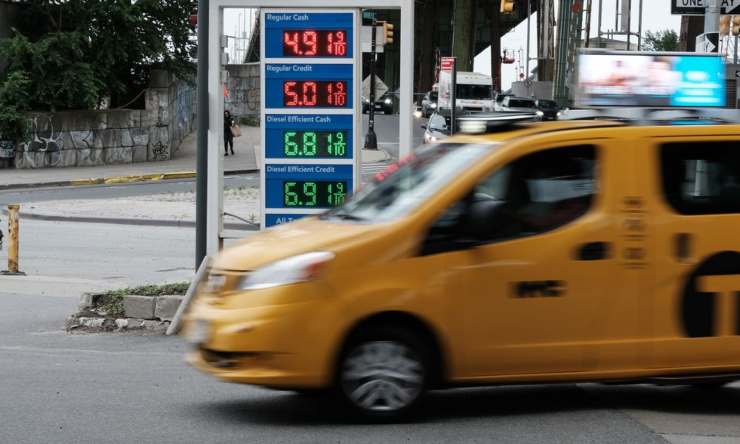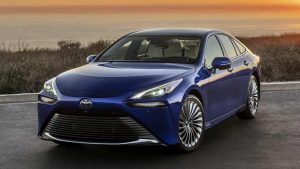Shifting to electric vehicles spurs demand for per-mile charges

The transition from gasoline-powered vehicles to electric cars is creating challenges for governments heavily reliant on gas taxes to finance infrastructure projects, including roads, bridges, and tunnels. Gas taxes have been a dependable source of government income since the 1930s. However, as more Americans embrace electric vehicles (EVs), which do not rely on gasoline, revenue from gas taxes is dwindling.
To address this fiscal shortfall, governments are investigating alternative taxation methods such as per-mile charges or road usage fees. These approaches intend to assess drivers based on the distance they travel rather than the amount of gasoline they consume. Nonetheless, implementing these programs is intricate and may require substantial time and development.
Historically, gas tax rates in the United States increased over the years, often in response to factors like wartime threats or occurrences. However, since 1993, resistance to raising the federal gas tax rate, currently set at 18.4 cents per gallon, has prevailed.
The shift away from gas taxes raises significant questions about future transportation infrastructure funding. Gas taxes traditionally underpinned roughly 80% of the Highway Trust Fund’s income, making the quest for an alternative funding source increasingly urgent.

As Gas Tax Revenue Declines, Governments Explore Alternative Road Funding
The 2021 Infrastructure Investment and Jobs Act mandated the establishment of a Vehicle-Miles-Traveled Fee pilot program in the United States. This program would assess the feasibility of charging drivers based on the miles they travel. Nevertheless, the implementation of this program has encountered delays, prompting concerns among experts about the sluggish progress.
In summary, the transition from gas-powered vehicles to electric ones is challenging governments’ conventional dependence on gas taxes to finance transportation infrastructure. Governments are now exploring alternative avenues such as per-mile charges to address this issue, but the implementation of these programs is still in the planning and testing stages.





